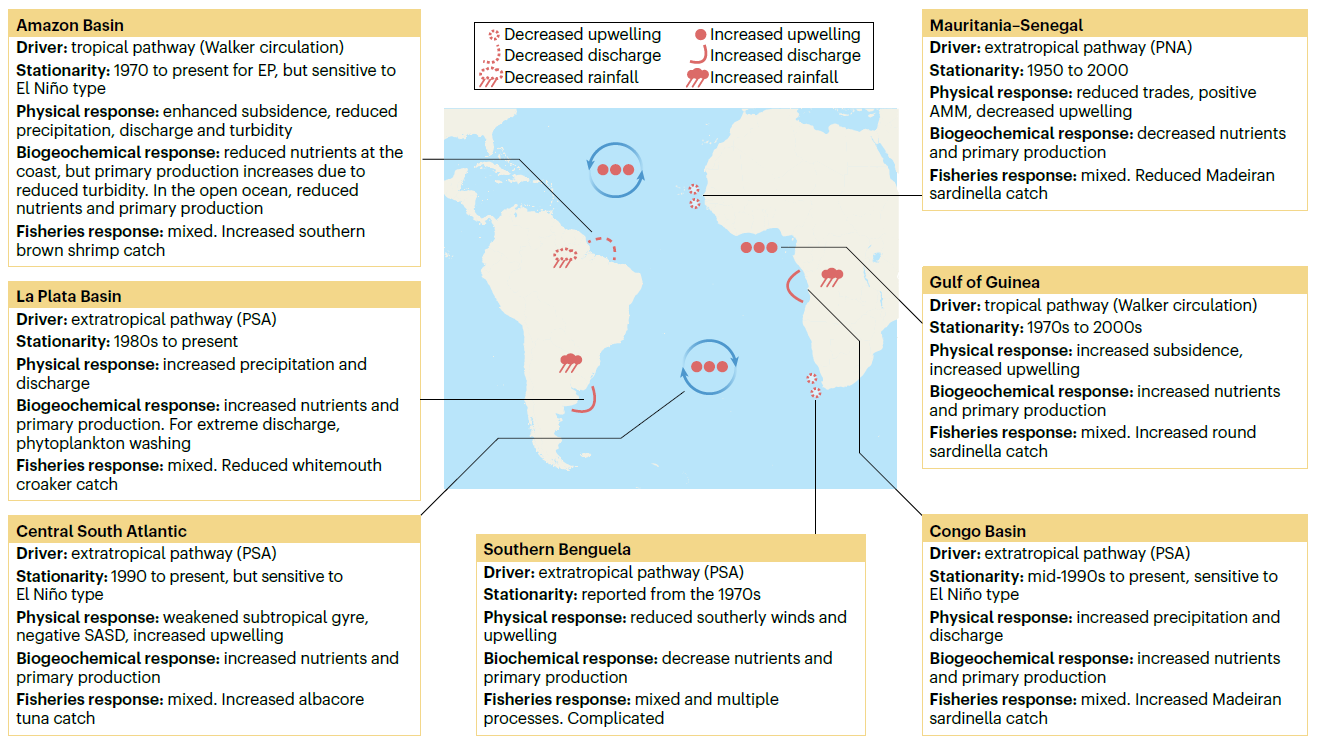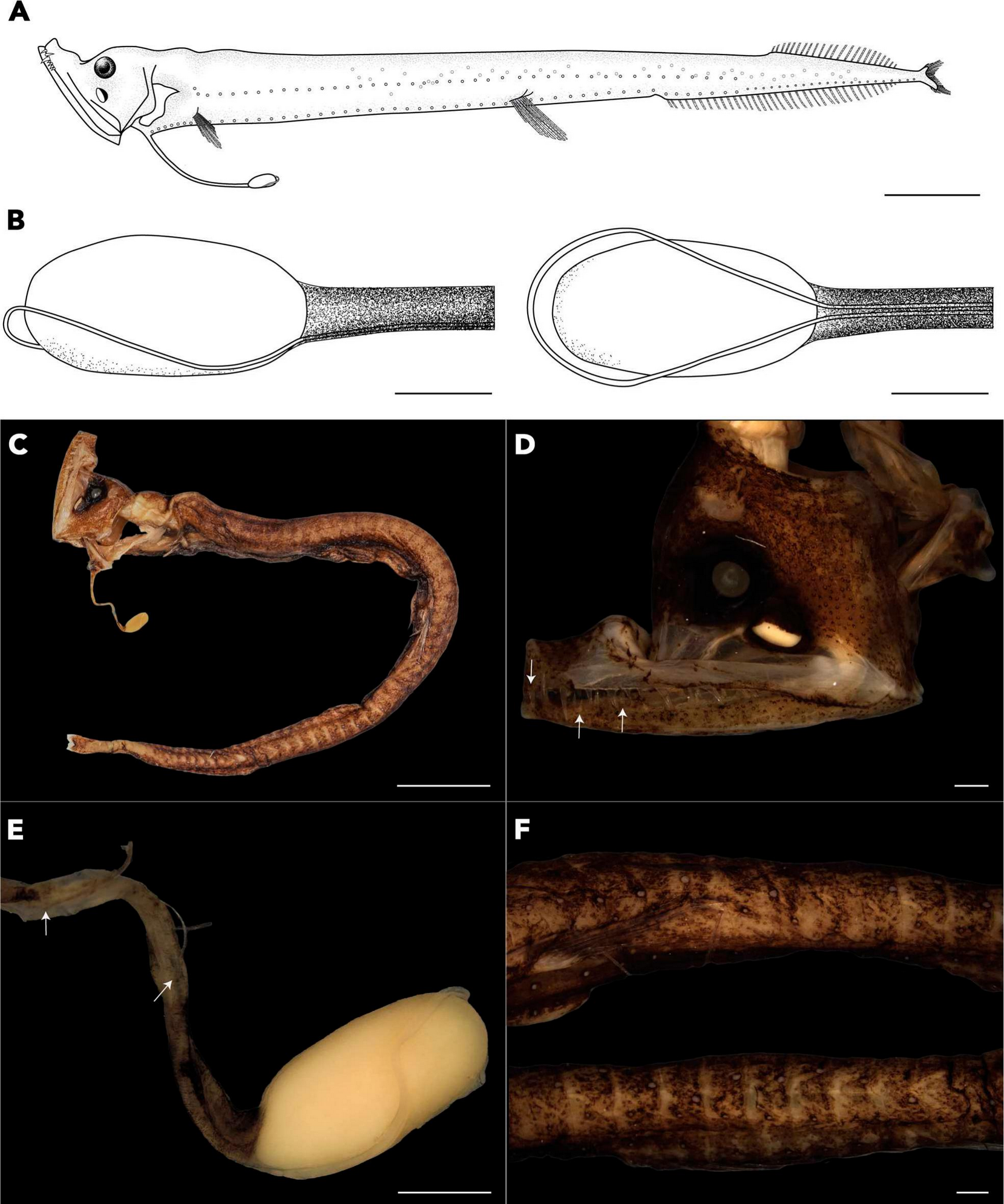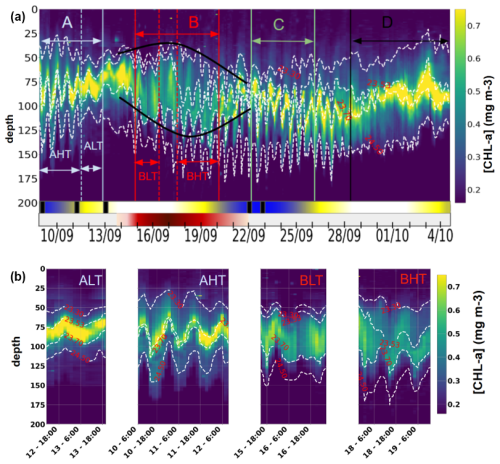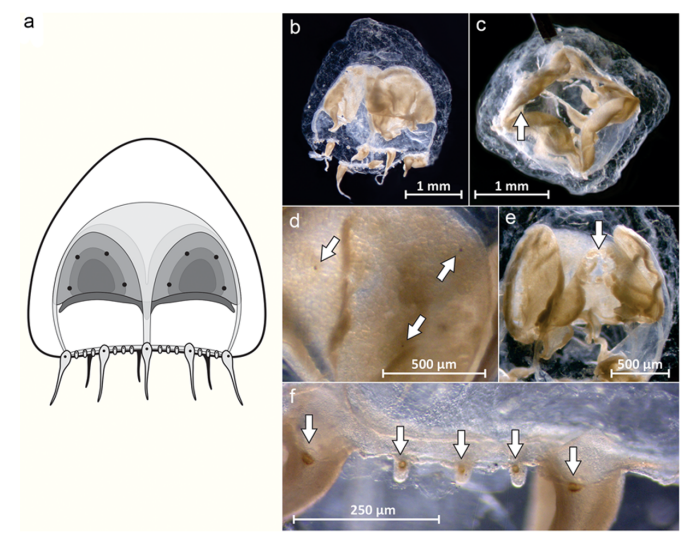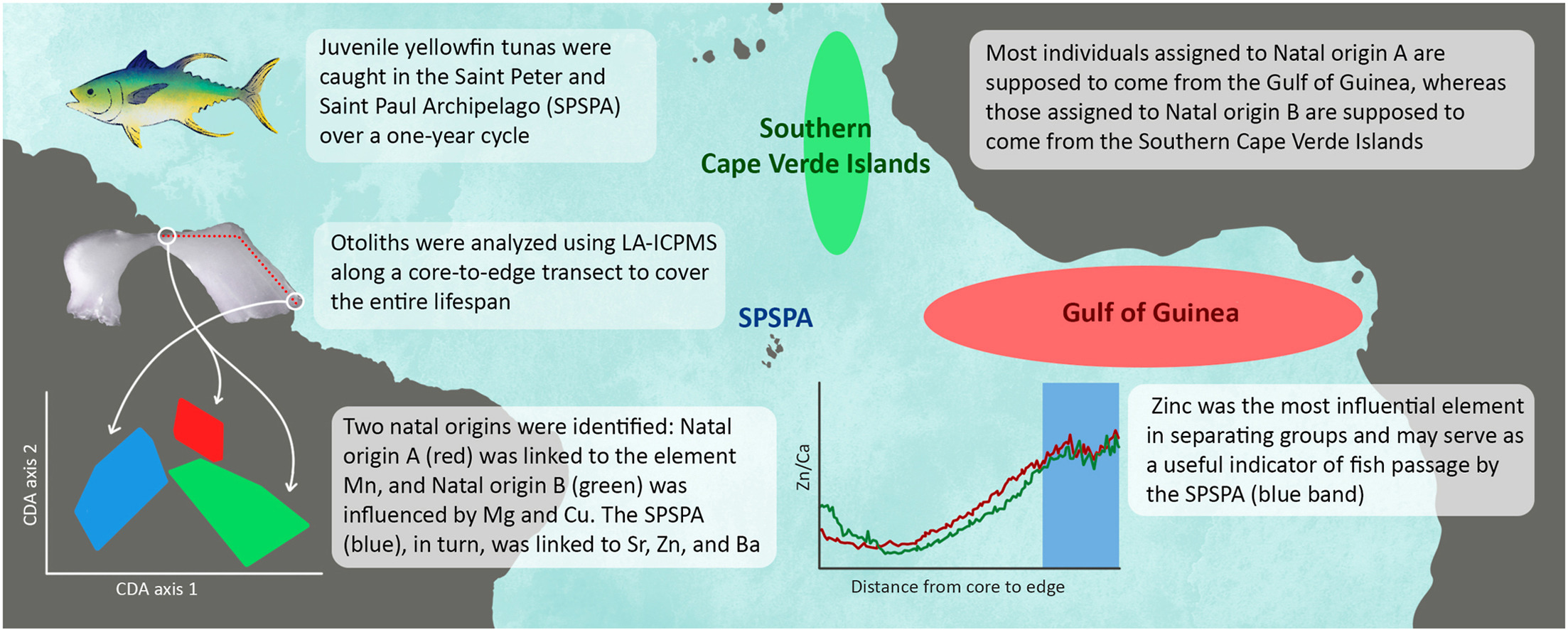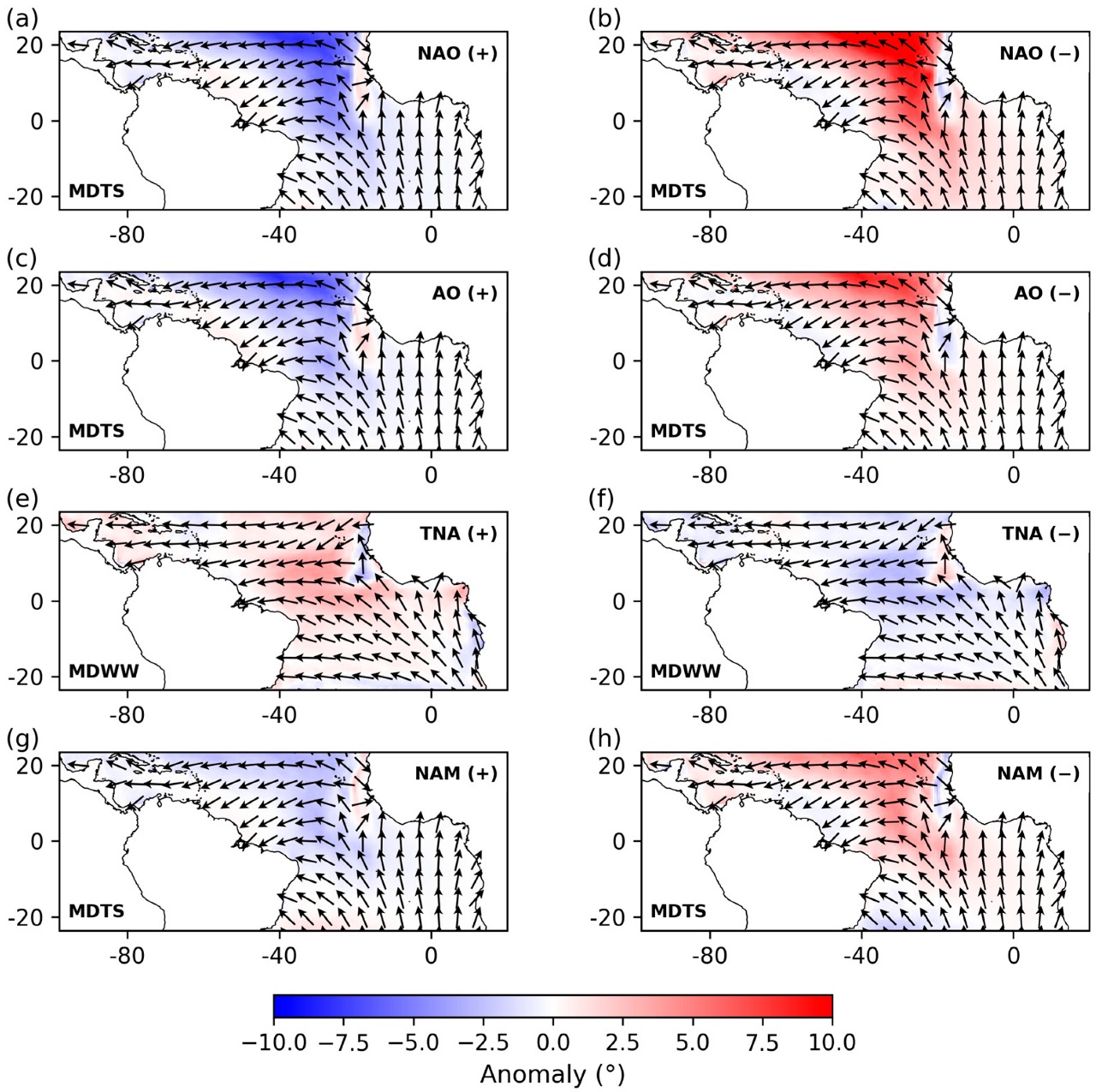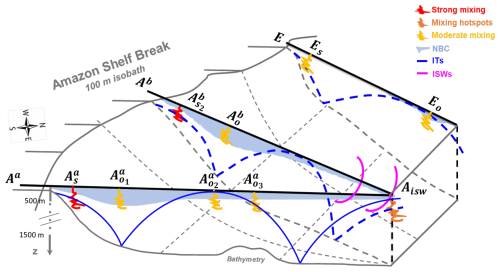Tropical and South Atlantic marine ecosystems support fisheries that have vital environmental and socioeconomic importance. In this Review, we outline how the El Niño–Southern Oscillation
A new species of scaleless black dragonfish of the genus Eustomias, subgenus Spilostomias, is described based on a single specimen (96.4 mm SL) collected during the ABRACOS
The ocean region off the Amazon shelf including the shelf break presents a hotspot for internal tide (IT) generation, yet its impact on phytoplankton distribution
This study evaluated trace metal pollution in sediments and fishes from two tropical estuarine systems in Northeast Brazil: the Santa Cruz Channel Estuary (ITAP) and
A specimen of the genus Pandeopsis Kramp, 1959 was found in surface waters off the northeast Brazilian coast at 10.93°S, 36.48°W. The specimen was assigned
The Saint Peter and Saint Paul Archipelago (SPSPA) is a small, remote group of islands on the Mid-Atlantic Ridge that is home to many large-bodied
Aim Identify biogeographic boundaries that delineate the distribution of species assemblages along global non-insular coastlines, characterise the potential barriers responsible for biogeographic boundaries and realign
Wave climate variability, including seasonal cycles, long-term trends, and interannual anomalies of wave parameters, was investigated across five latitudinal sectors using ERA5 reanalysis data from
The Amazon shelf break is a key oceanic region where strong internal tides (ITs) are generated, playing a substantial role in climate processes and ecosystems
Deep-pelagic ecosystems extend from ocean depths of approximately 200 m to 5,000 m and are home to thousands of species that include fish, crustaceans, squids,



